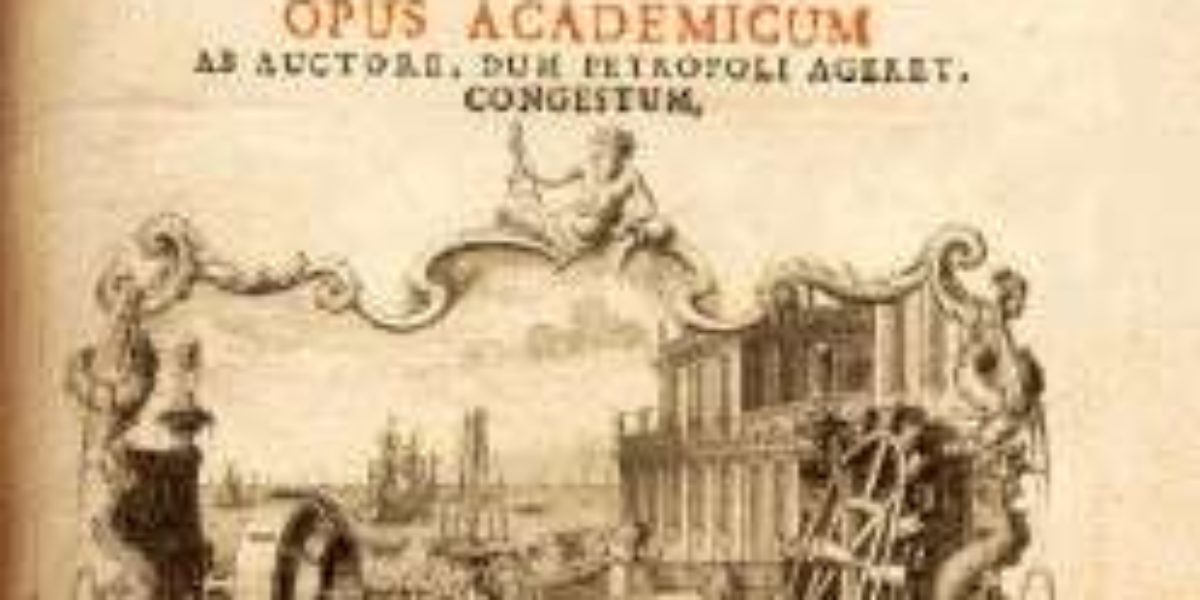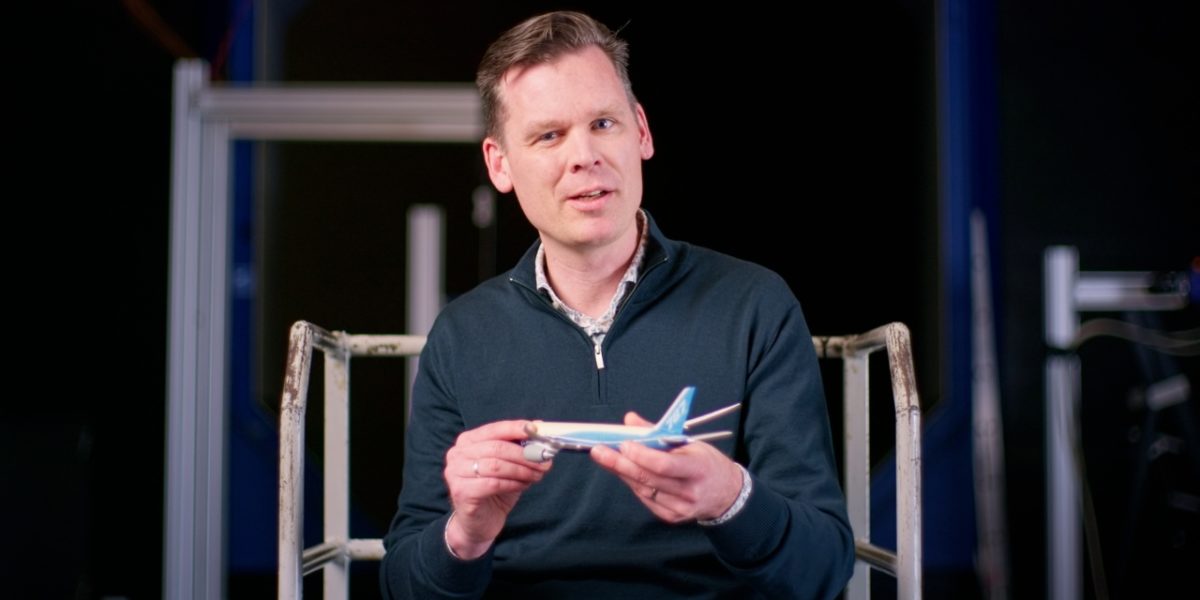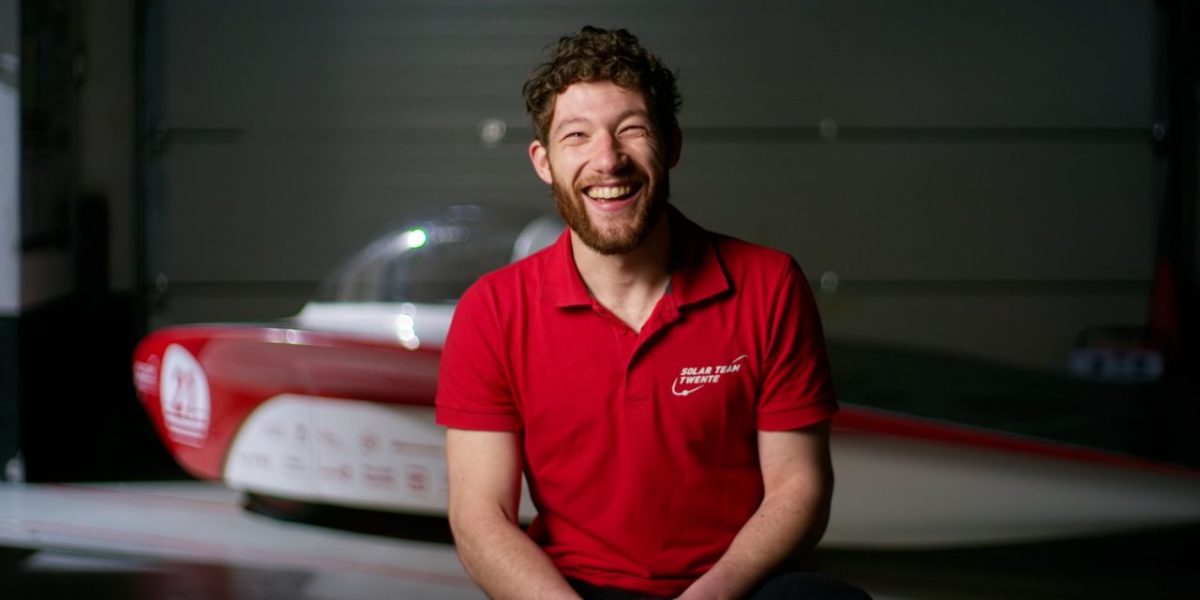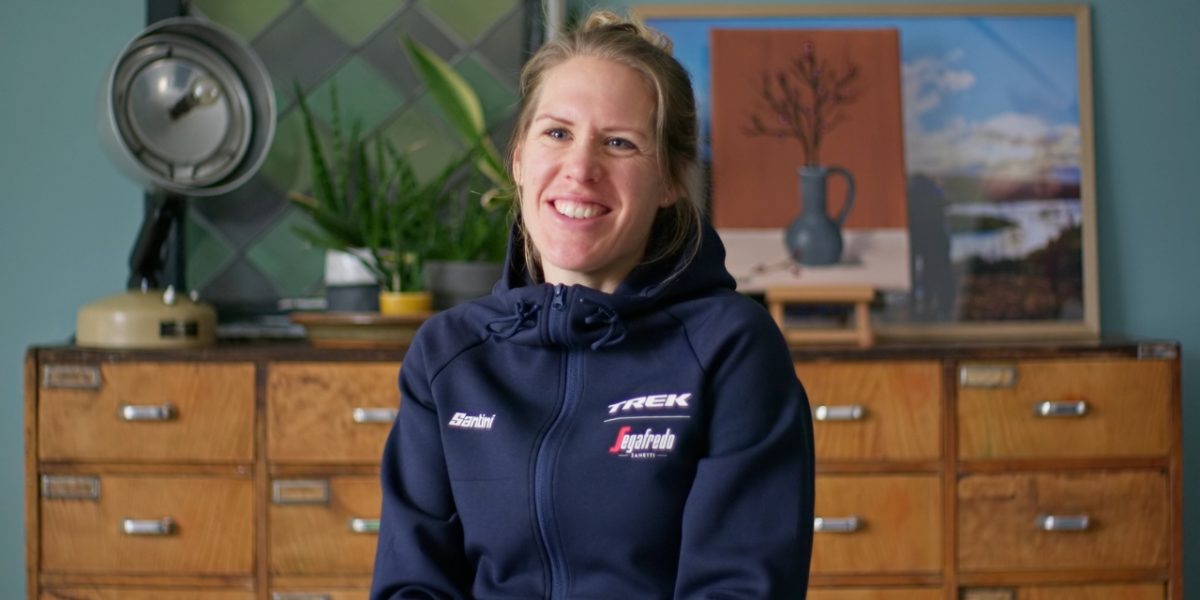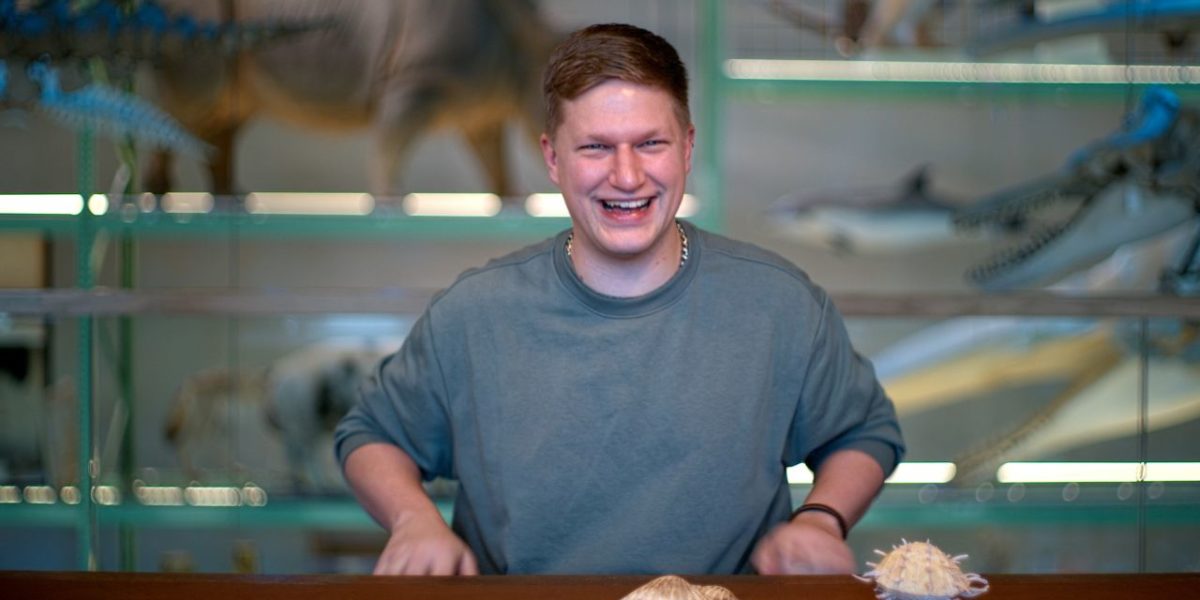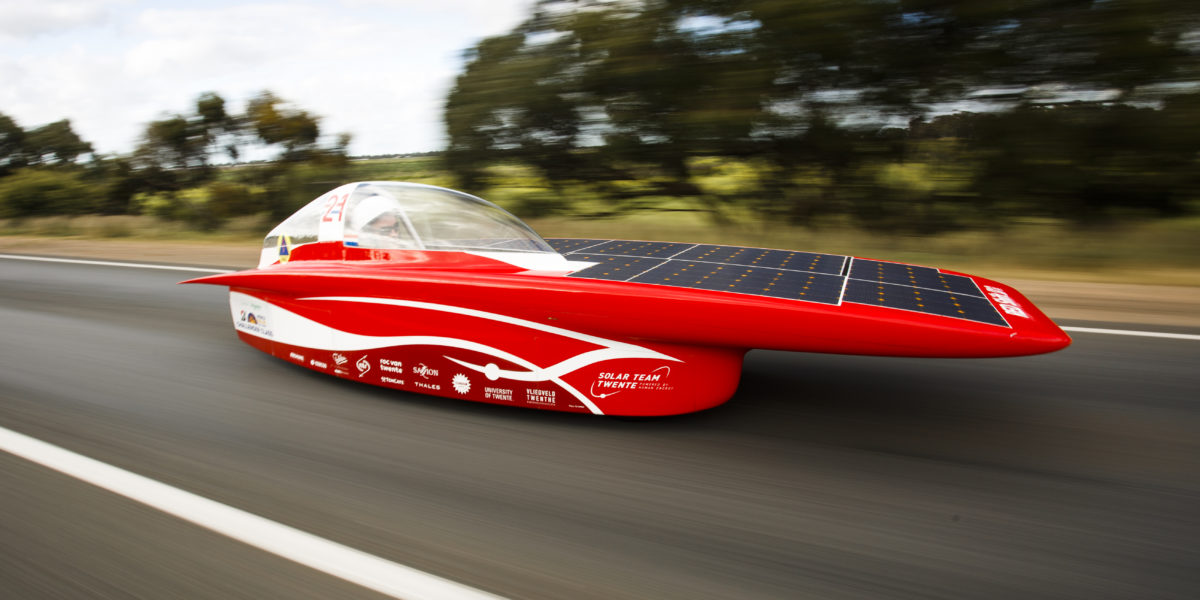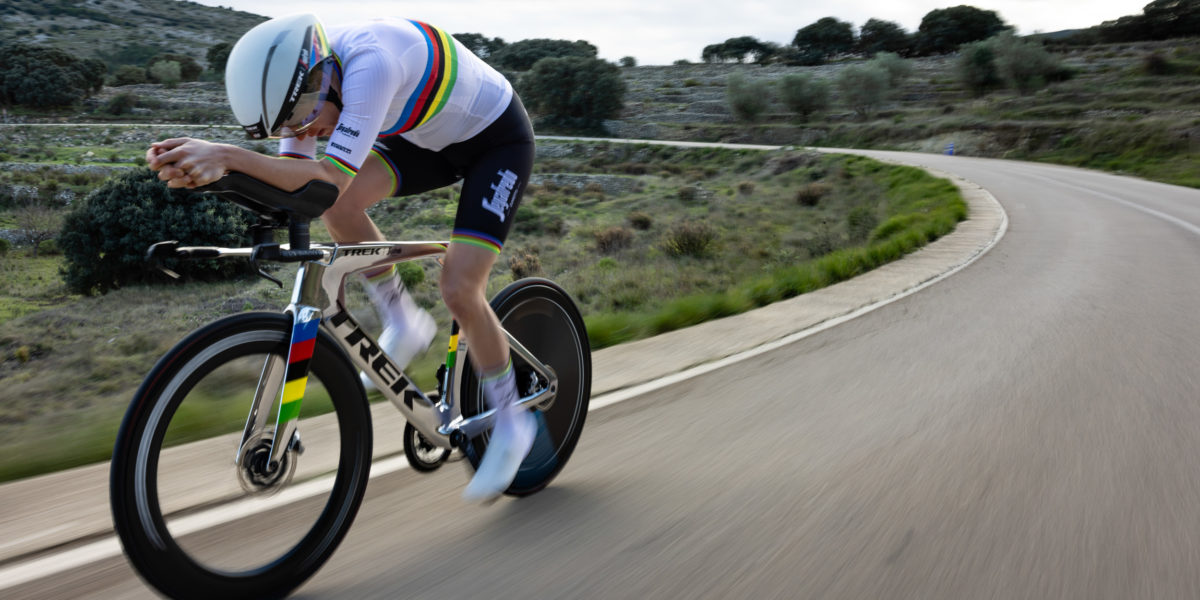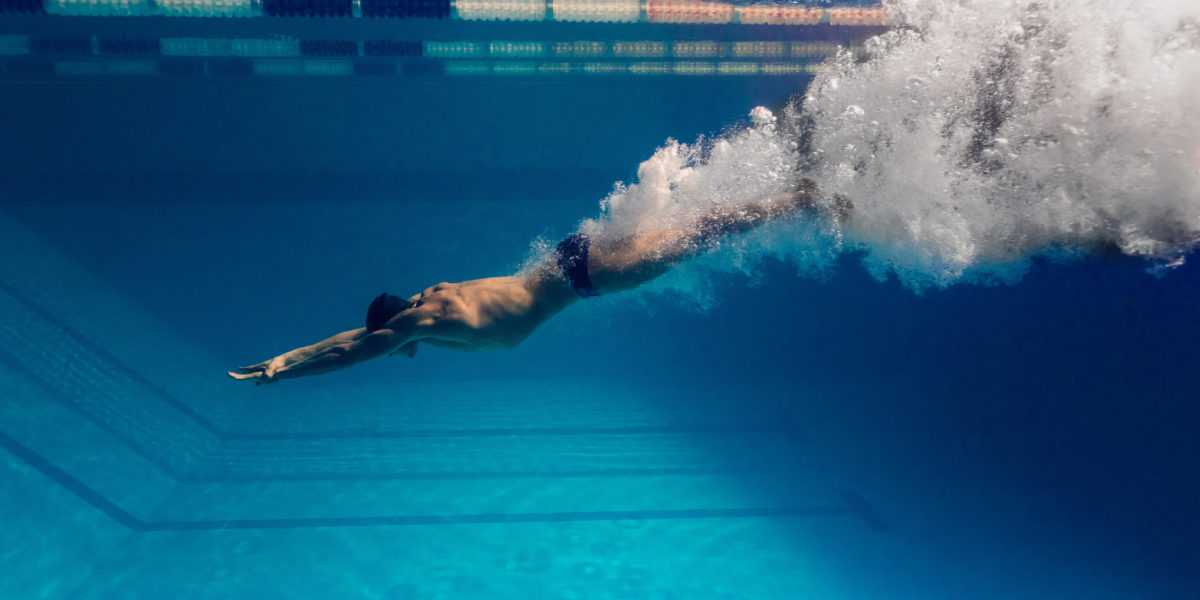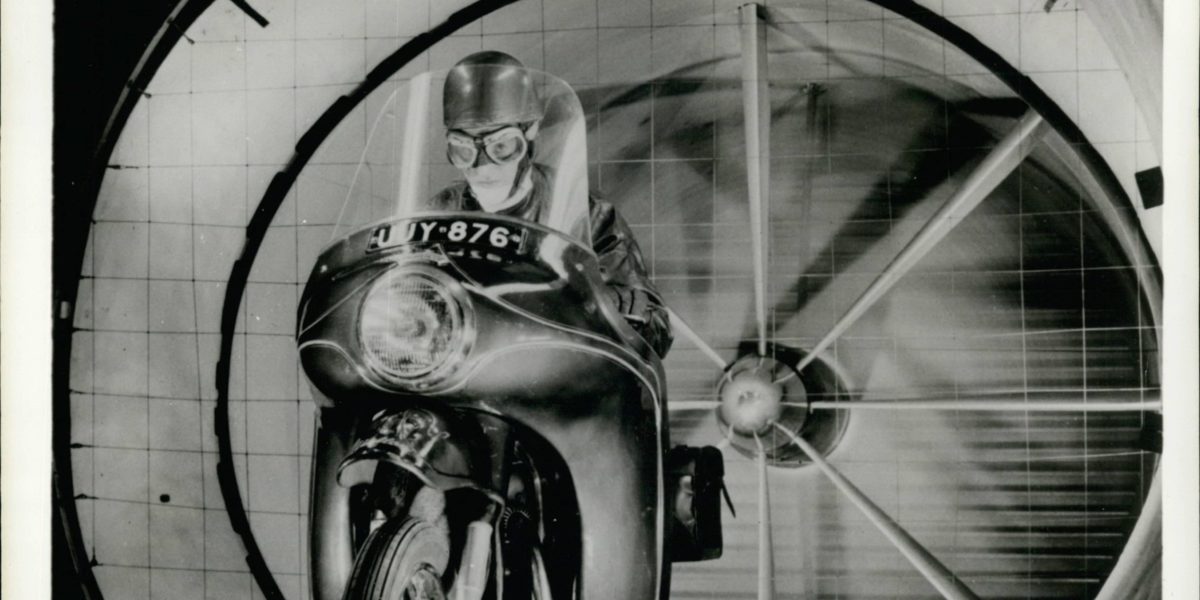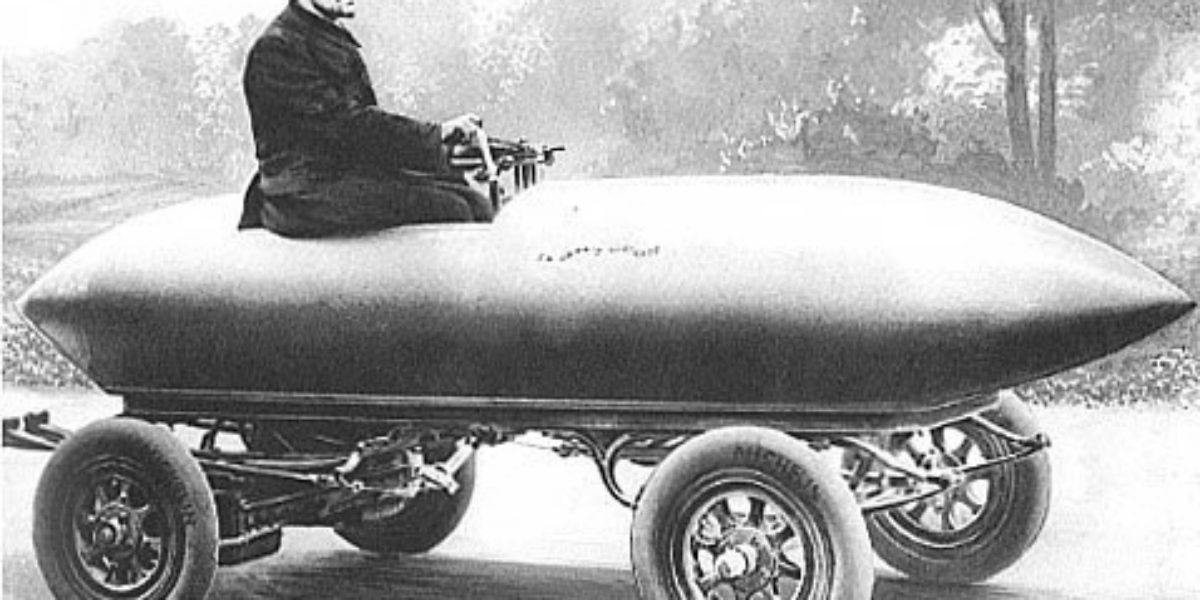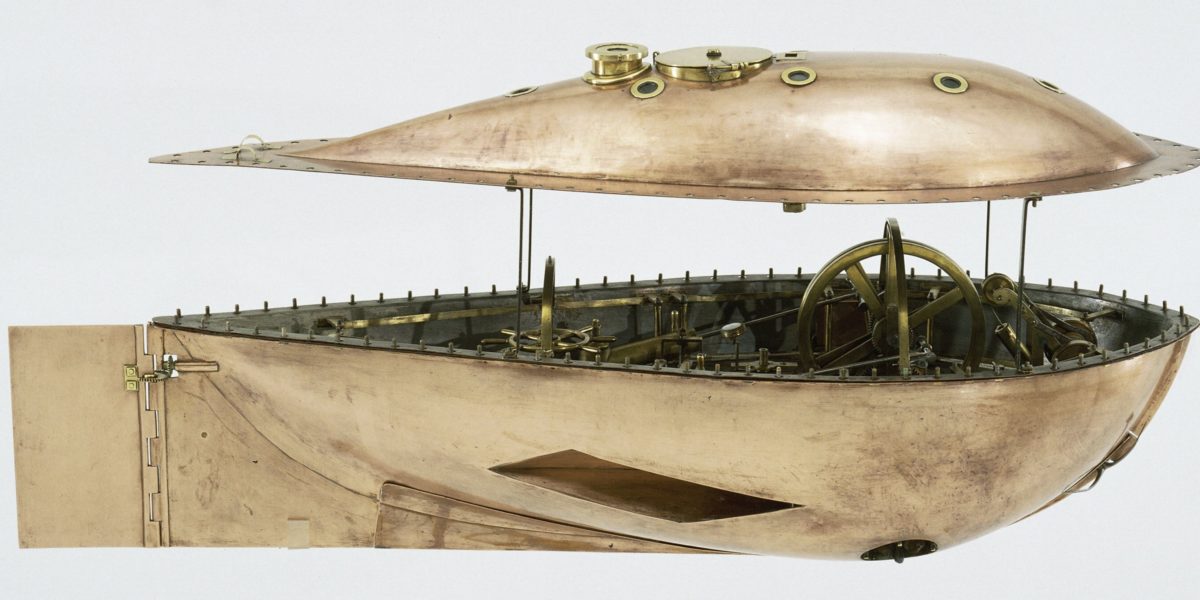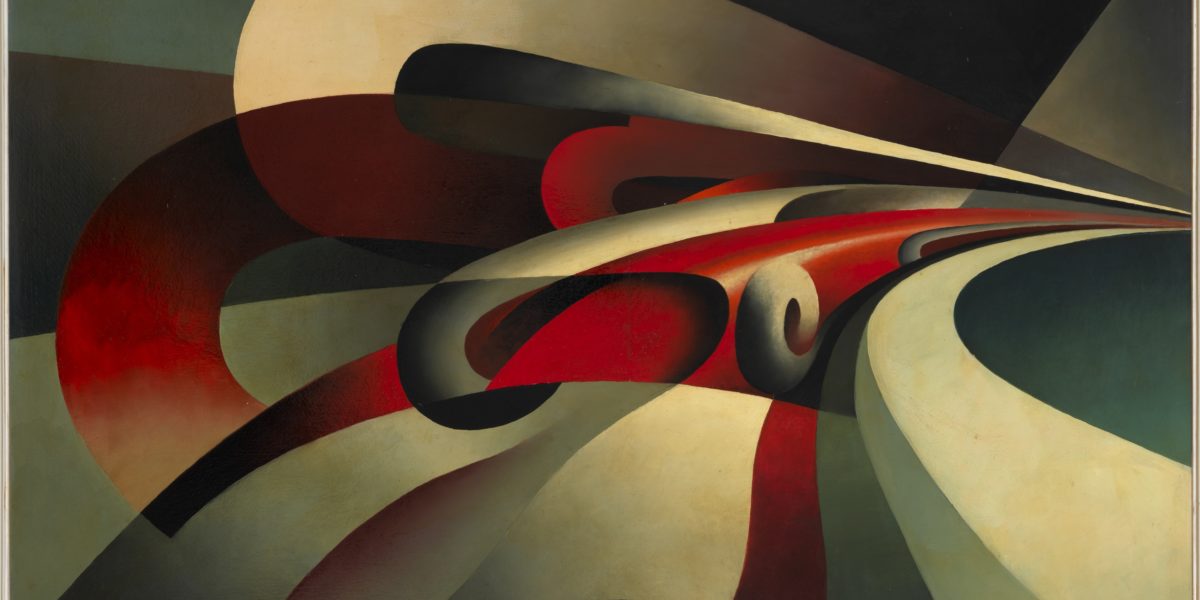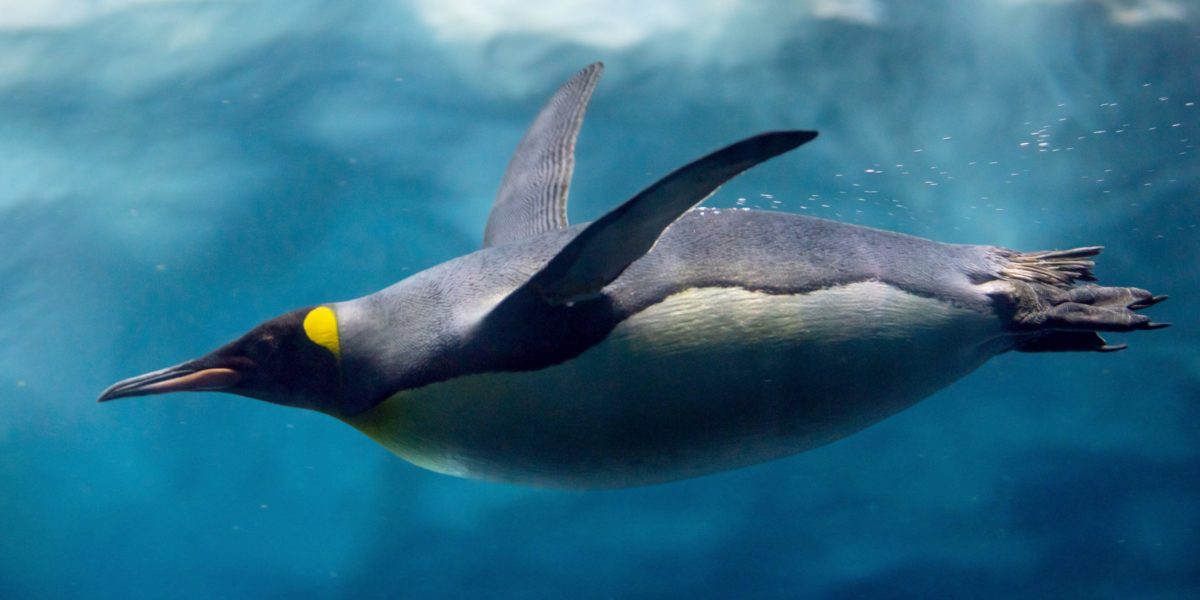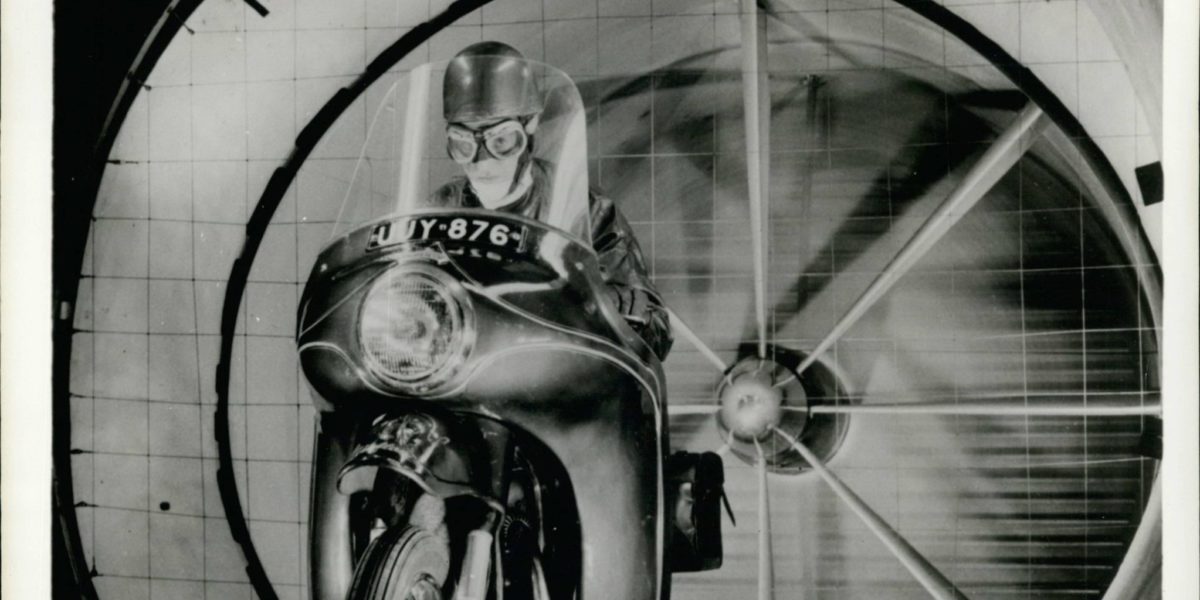Streamlined forms have been applied empirically for centuries. Boats, for example, have had a pointed shape since prehistoric times, making them faster and easier to steer. The 18th century saw the first scientific research into streamlining as we understand it today, through experiments with boats and later with balloons and airships.
Wind tunnels
Many early experiments set out to compare forms in order to identify the perfect one. The wind tunnel is an important tool for research into aerodynamics and streamlining. From the early 20th century, it became the tool par excellence for visualizing how forms react to wind.
French engineer Gustave Eiffel also built a famous wind tunnel, in Auteuil, Paris, in 1912. Through a clever use of air pressure, his new tunnel consumed a lot less energy than the tunnels before it. Many other wind tunnels have since been built after the ‘Eiffel type’.
The perfect form
The Austrian engineer and streamlining pioneer Paul Jaray called as early as 1922 for cars to be streamlined. Having experimented with airships and other flying machines, Jaray concluded that cars would be much more fuel-efficient with a streamlined exterior.
Jaray advocated a streamline shape based on hard evidence. In his time, the “teardrop shape” was often considered the perfect streamline shape: rounded at the front, and pointed at the back. Jaray questioned this example. After all, an actual falling droplet did not look like this at all. Moreover, there was no scientific reason to believe that the shape of a droplet was suitable for cars.
